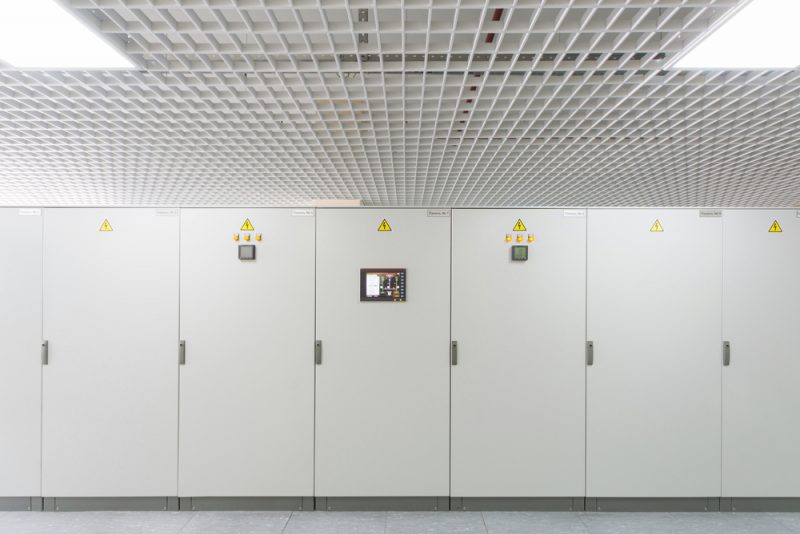FERC issues rule to support electric storage resource participation in regional markets

The Federal Energy Regulatory Commission (FERC) recently voted to require regional grid operators to revise its tariff to create a participation model for electric storage resources.
The rule is intended to remove barriers to participation by electric storage resources in the capacity, energy and ancillary services markets operated by Regional Transmission Organizations (RTOs) and Independent System Operators (ISOs).
“Today’s order marks an important step forward in the Commission’s regulation of wholesale electricity markets,” Commissioner Richard Glick said. “By eliminating barriers to energy storage resources’ participation in RTO and ISO markets, today’s order will facilitate the development of a class of technologies—ranging from batteries to pumped hydro—that has the potential to play a leading role in the transition to the electricity system of the future, but that has heretofore been hindered by market rules that were designed primarily to accommodate more conventional means of electric generation.”
The participation models must include market rules that recognize the physical and operational characteristics of electric storage resources. It must ensure that resources using the model can provide all capacity, energy and ancillary services that it is technically capable of providing, can be dispatched and can set the wholesale market clearing price as both a seller and buyer consistent with existing market rules.
The model must also account for the physical and operational characteristics of storage resources through policies such as bidding parameters, and it must create a minimum size requirement that is not more than 100 kilowatts. Electric energy from the wholesale electricity market sold to an electric storage resource that the resource resells back to those markets must be at the wholesale locational marginal price.
“Not only is this rulemaking a win for both consumers and industry, but it is also the kind of positive regulatory action that removes barriers to competition, allowing emerging technologies to compete in the marketplace,” Commissioner Neil Chatterjee said. “Ultimately, that means greater reliability and lower costs for the American people.”
In November 2016, FERC issued a Notice of Proposed Rulemaking (NOPR) that noted that market rules designed for traditional generation resources can create barriers to entry for emerging technologies such as electric storage resources. The NOPR also proposed reforms related to distributed energy resource aggregations.
The recent final rule concludes that more information is needed regarding those proposed reforms.
The Commission also recently issued a Notice of Technical Conference that identifies questions to gather this information. The technical conference will also include discussion of other technical considerations for the bulk power system regarding distributed energy resources.
“I know that these issues are already being addressed by some of the RTO/ISOs and state regulators in California and elsewhere, and hope we can benefit from that experience at our technical conference,” Commissioner Cheryl A. LaFleur said. “I encourage broad participation in our technical conference and we hope to hear from a variety of perspectives, including from state regulators, distribution utilities, distributed energy resource experts, market operators, and others. In that way, we will be able to develop a strong record to support further action.”
The final rule will take effect 90 days after publication in the Federal Register. RTOs and ISOs will have 270 days after the effective date to submit compliance filings and an additional 365 days to implement the tariff revisions.
